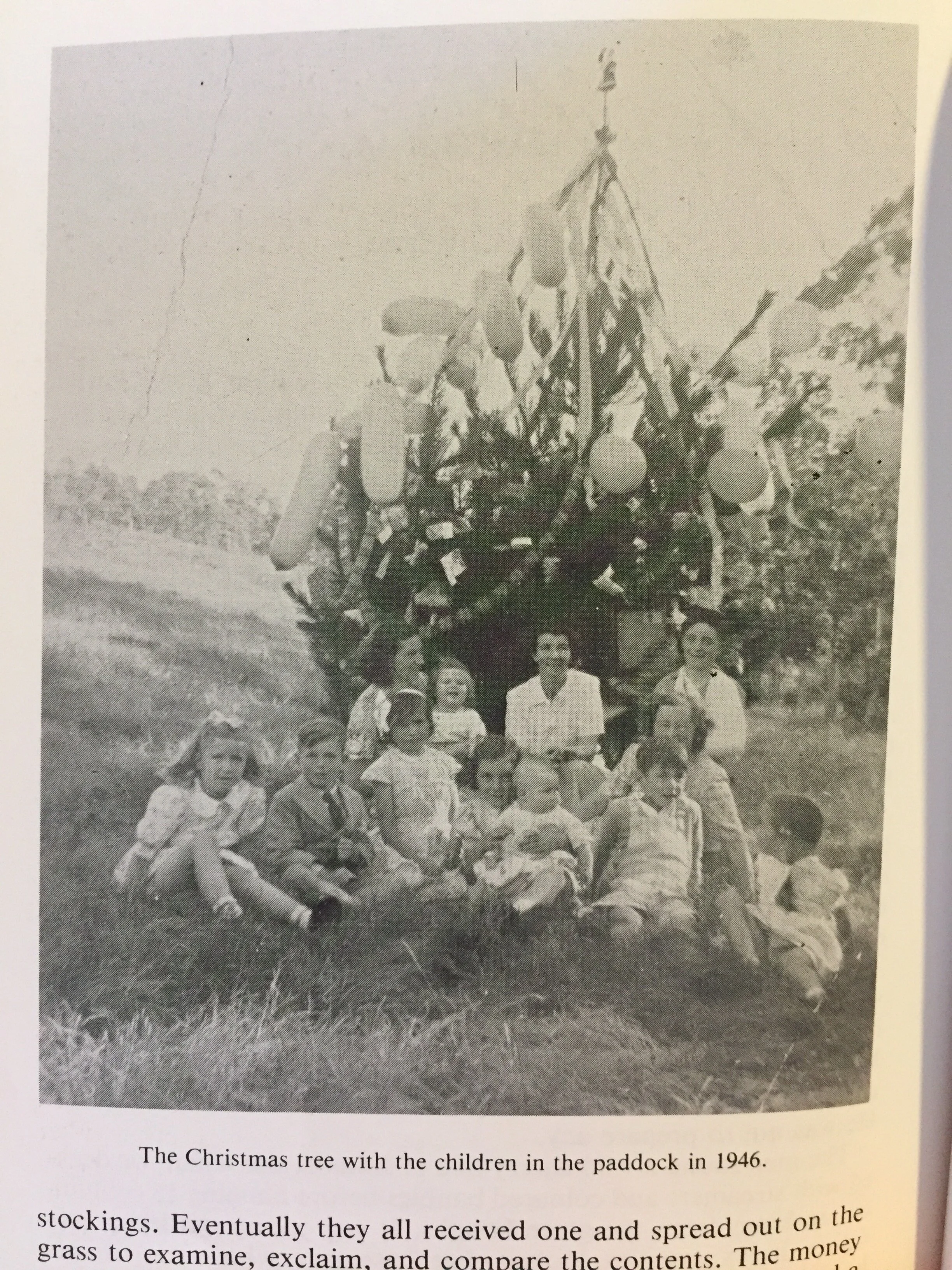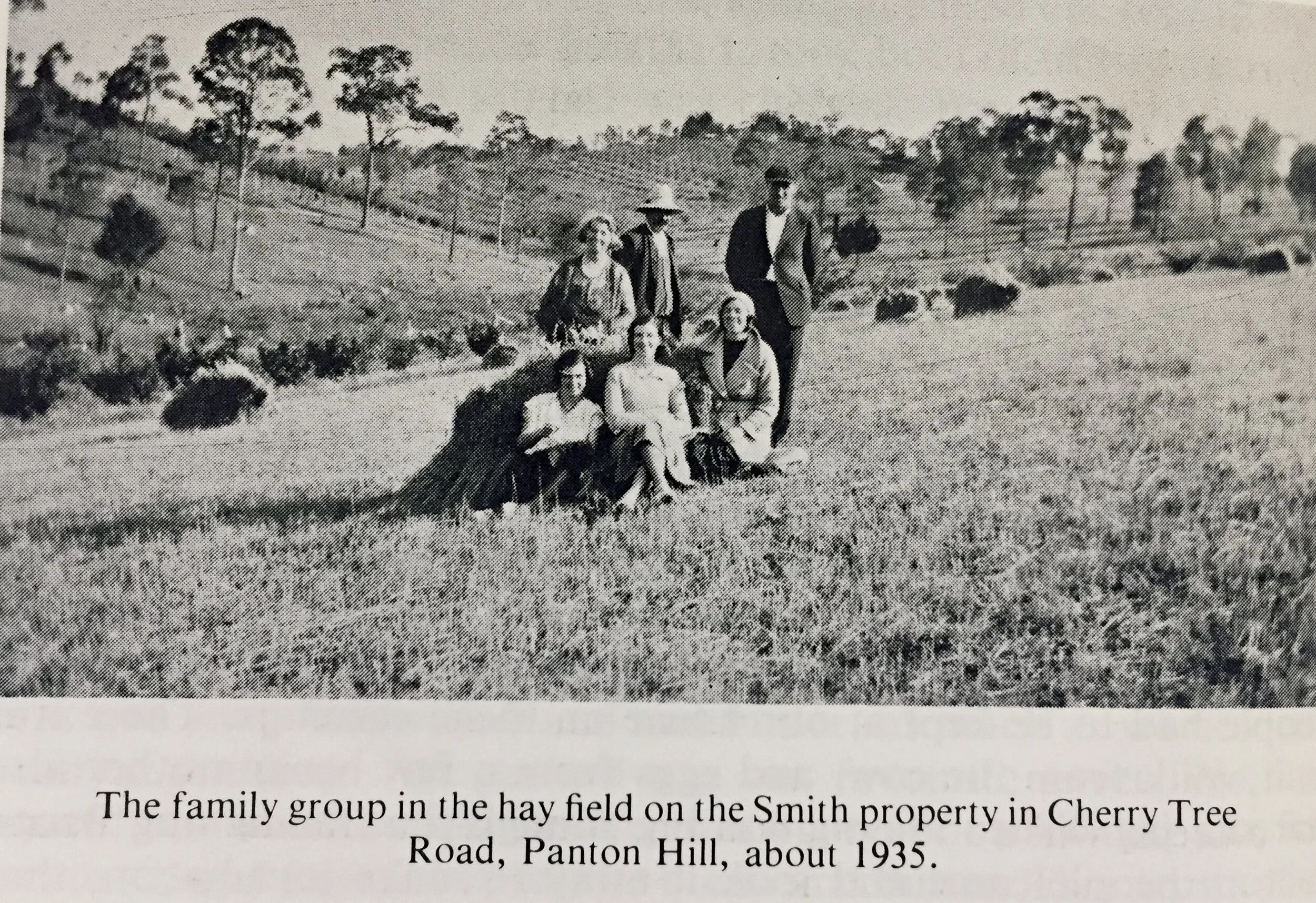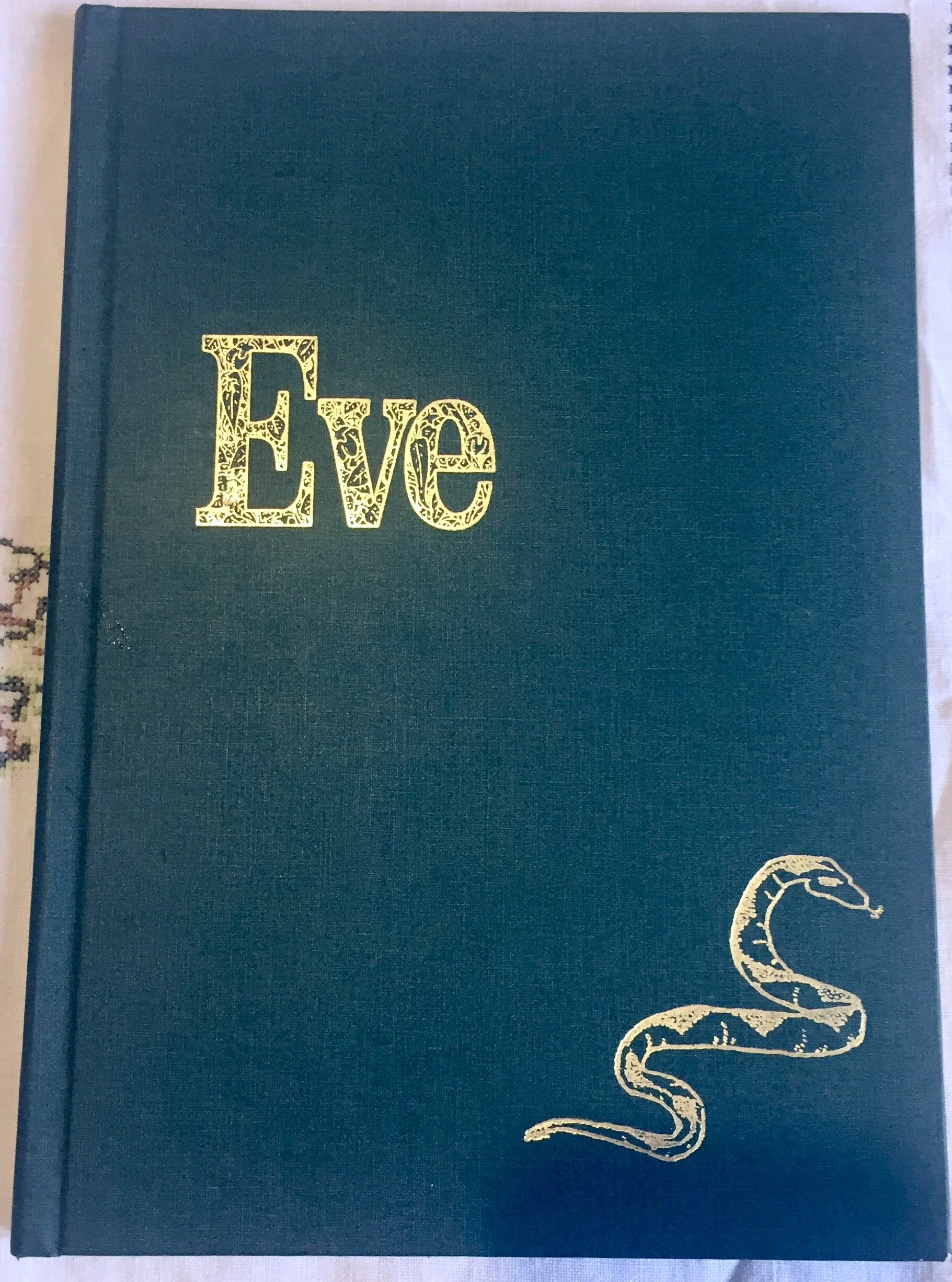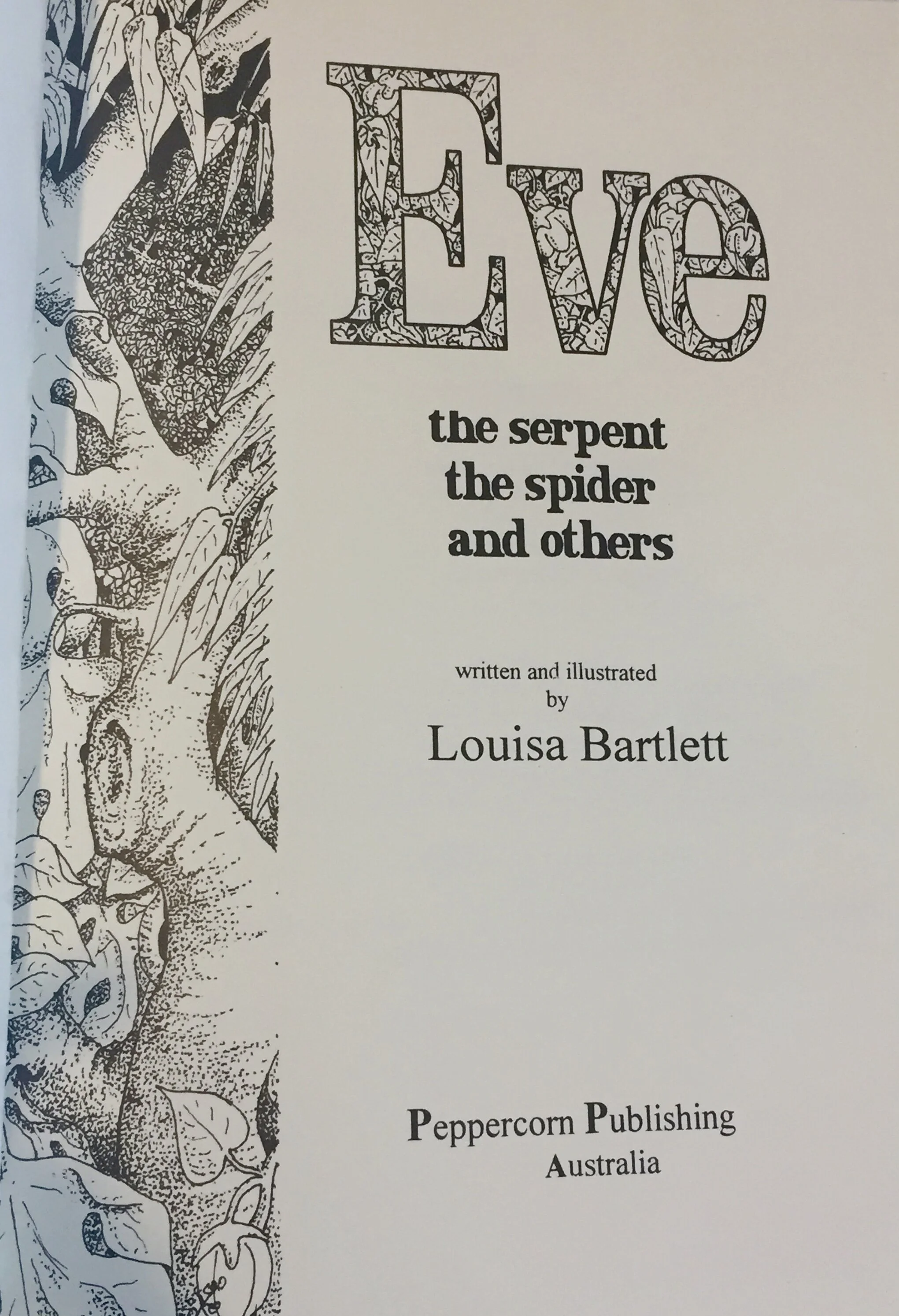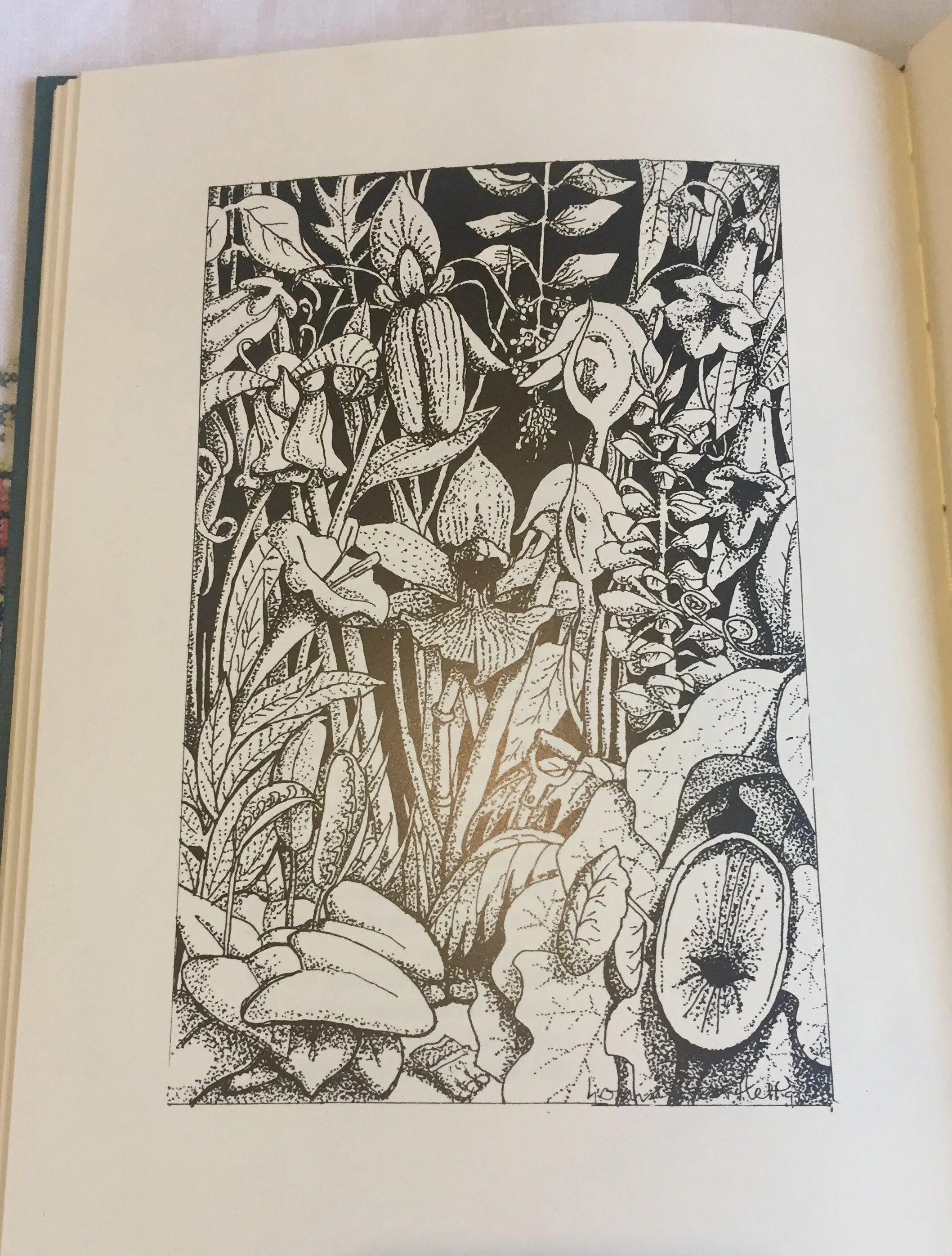Majorie Smith Motschall wrote Wild Wood Days at Panton Hill in 1983. A personal and historical recount of ‘work a day’ life in Panton Hill. Majorie is my grandmother, Joyce’s older sister.
Marjorie was born in 1910 at Panton Hill and lived all her life in the district.
The closing lines of her book….
“ Freemie left her little cottage to me in her will with instruction to sell it and take the trip overseas we had often talked of and neither of us could afford. After some time I did sell the cottage but it was five years before I could have my longed for trip.
I did have my tour abroad lasting five months. It was that wonderful holiday, with all the luxury of comfortable travel to exciting, famous places, in such contrast to my busy domestic routine, that gave me the idea to write about the way we lived and coped at Panton Hill for the first half of the century.
A new era began with increased wages and new innovations for comfortable living, changing the world living standards dramatically. I will end my recollections at this point. Panton Hill is unique; it is still beautiful.”
The stories that caught my attention most were about the koalas that lived along the gully where I grew up, and are no longer there. The rich array of insect life including diverse butterflies that slowly disappeared…as the men would come in from the orchard covered in blue pesticide spray.
My family home is still linked to the properties Majorie writes of. My parents are living there still and have been actively involved in revegetating their 10 acres of land and creek with the support of Melbourne Water and Landcare. Imagine if the koalas returned.
Joyce Pepper put together a book called ‘The Children of Cherry Tree Road’ in 2002, which includes family history.
Panton Hill is Woiwurrung country. I pay my respects to the Woiwurrung, the Traditional Owners of this country, and recognise their continuing connection to land, waters and culture. I pay my respects to their Elders past, present and emerging.




